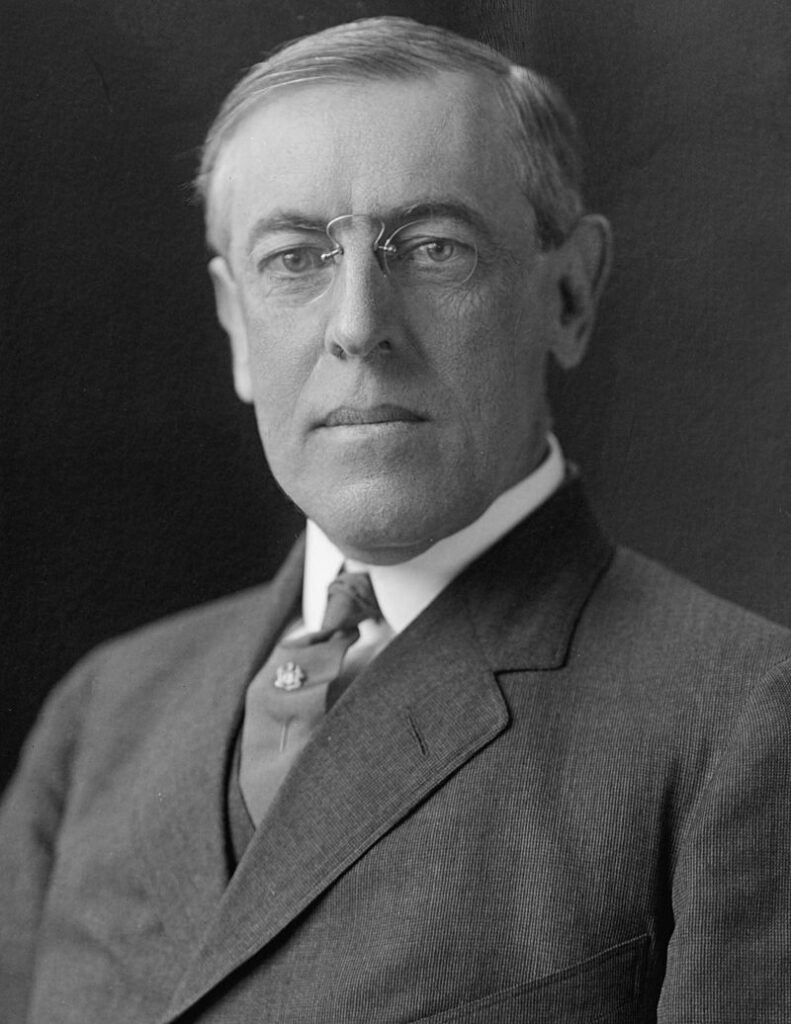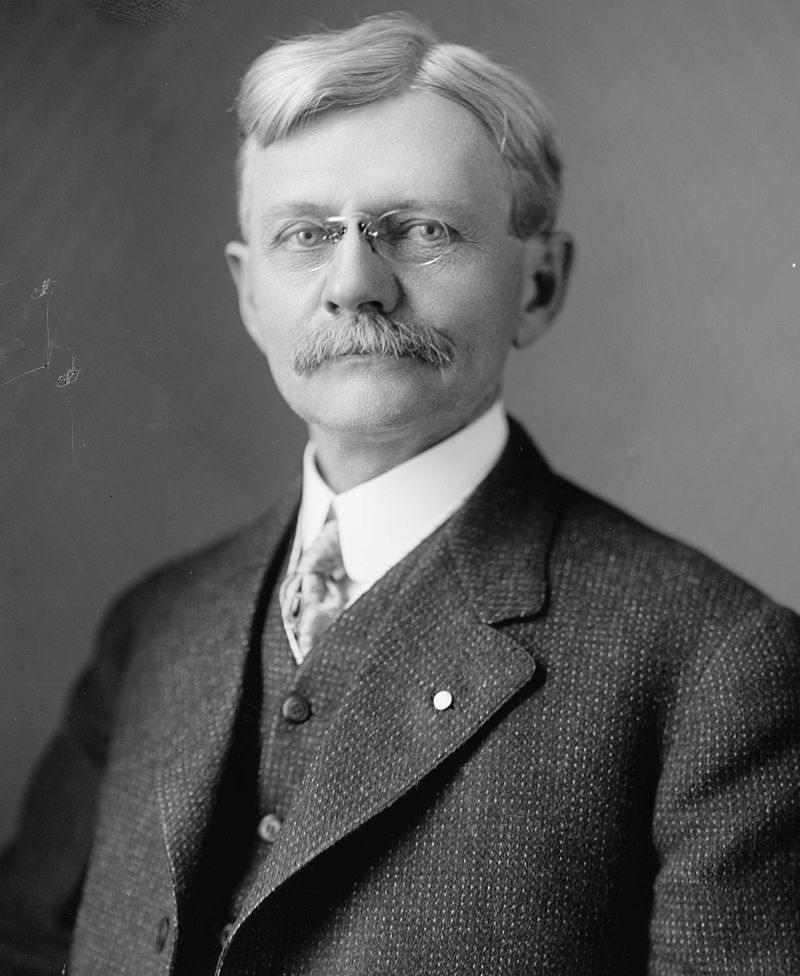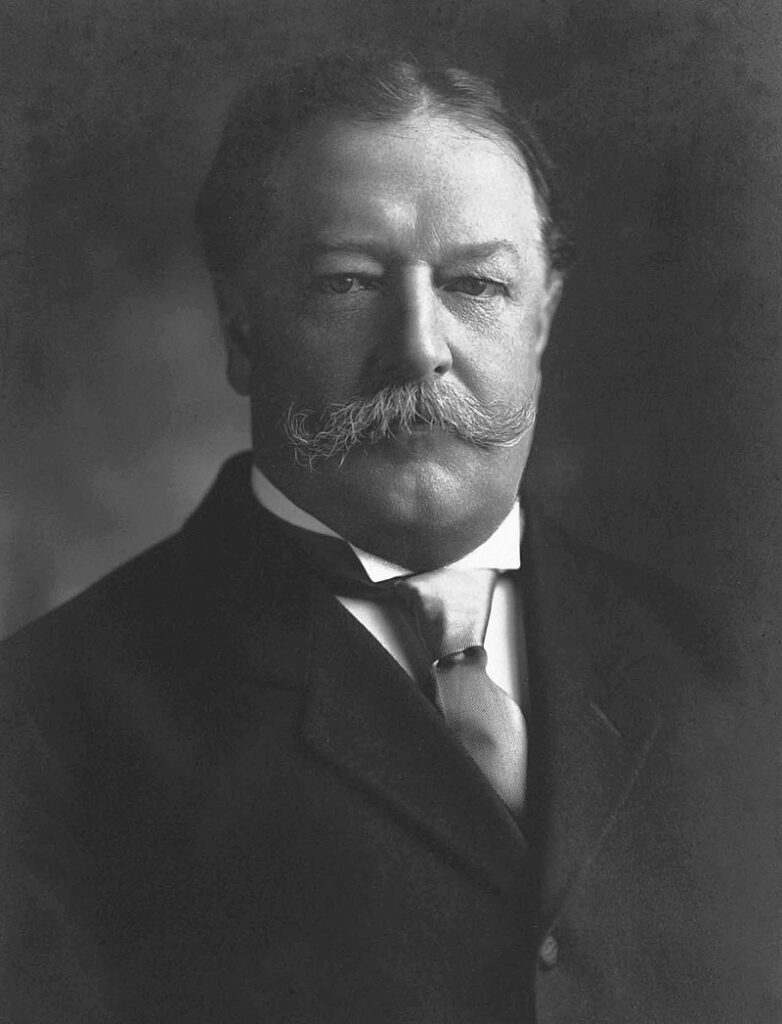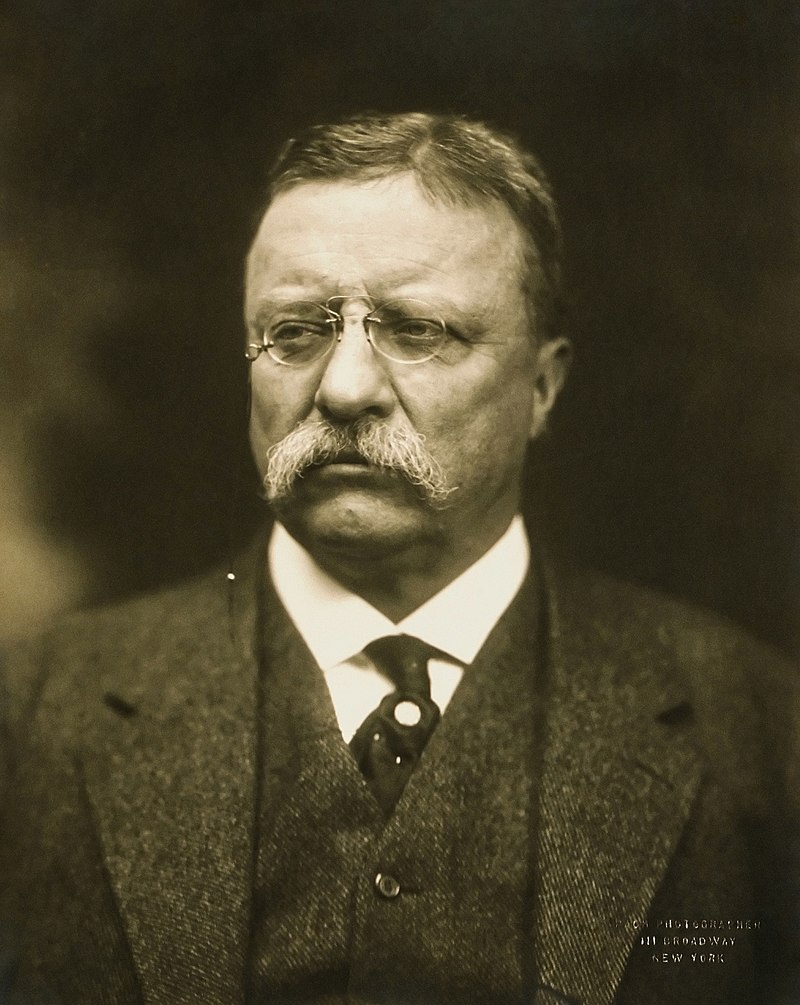1912: The most bizarre election of the Twentieth Century
In 2016, the first woman from a major party to run for president faced off against a businessman who’d never held office. That was an unusual election.
But the election of 1912 was ever stranger.
What happened in 1912 will never be repeated
The two-party system is an entrenched part of American politics. Whenever a third-party challenge appears, one of the major parties expands to swallow up its adherents. In the end, only Democrats or Republicans have a chance to become president.
Every American election except since 1986 has featured two major-party candidates, one Democrat and one Republican, who split the vast majority of the popular electoral votes — with one exception. That was the election of 1912.
I stumbled into this realization when reviewing the presidential voting totals for an obscure town in Massachusetts and noting that in 1912, the winner was not a member of either major party. What had happened? While I’m not a historian, my investigation revealed just how bizarre the 1912 election was.
The incumbent in 1912 was William Howard Taft, a Republican from Ohio who had succeeded Teddy Roosevelt. Roosevelt had served nearly two full terms as a Republican, first acceding to the presidency when he was the VP under the assassinated president William McKinley. But Taft and Roosevelt had a falling out, and a result, both ended up running in 1912. Taft was the Republican nominee, while Roosevelt ran under the banner of his own Progressive Party, (also known as the “bull-moose” party, since Roosevelt had said he felt as strong as a bull moose).
Here are just a few of the odd things that happened in 1912. Most had never happened since the advent of Democratic/Republican dominance, nor any time since then.
- This was the first election to include all 48 contiguous US States, since Arizona and New Mexico had just been admitted to the union.
- It took 42 ballots for the Democrats to settle on their candidate, Woodrow Wilson. Wilson had come in second on the first 29 rounds of balloting at the Democratic convention. Thanks to the conflict between Roosevelt and Taft, Wilson was able to win with 42% of the vote, the lowest popular vote percentage of any winner since Lincoln prevailed over a divided country in 1860.

- Wilson’s vice president, Indiana governor Thomas R. Marshall, looked like this. Would you vote for this guy? His mustache deserves its own Secret Service detail.

- Marshall’s mustache on Wilson’s ticket was clearly necessary to balance the clean-shaven Wilson’s ability to compete with Taft and Roosevelt’s own impressive mustaches.


- The incumbent president, Taft, came in third with only 23% of the popular vote and carried only two states, Vermont and Utah. No sitting president has ever lost so decisively.
- Roosevelt, running as a third-party candidate, came in second, at 27% of the popular vote and 88 electoral votes. In all the elections since 1896, this is the only time the top two candidates were not the Democrat and the Republican. (The most states any third-party candidate has received since then was George Wallace in 1964, who received 13% of the vote and 46 electoral votes in 1964. The highest percentage any third party candidate received since then was Ross Perot in 1992, with 19% of the vote but no states carried.)
- Taft didn’t even appear on the ballot in California. Roosevelt won the state by only 174 votes. Two electoral votes went to Wilson rather than Roosevelt because the electors decided to go rogue.
- Six percent of the voters voted for a fourth party candidate, the socialist Eugene Debs.
- Roosevelt was actually shot during the campaign on October 14, 1912, just a few weeks before election day. Although a 50-page speech in his pocket slowed the bullet down, the shot did penetrate his chest. He gave the speech while bleeding from the wound, and the bullet remained in his body for the rest of his life.
- All three of the top candidates had been or became presidents — Roosevelt in 1904, Taft in 1908, and Wilson in 1912.
- Taft went on to become the only US president ever to serve on the Supreme Court, when he was later appointed Chief Justice by Wilson’s successor, Warren G. Harding, in 1921. Taft had also served as Governor of Cuba for two weeks in 1906.
The legacy of 1912
Eight years later women voted for the first time and the outlines of our current electoral system emerged.
But 1912 demonstrated the challenges that third-party candidates create in American politics — generally tossing the election into the hands of the candidate they most disagree with.
Roosevelt, Taft, and Wilson were among the most powerful statesmen in Twentieth-Century American politics, and I doubt we’ll ever see three candidates of this magnitude in a single American election again.
We live in strange times. It’s going to be a strange election, once again. But it still won’t compare to the bizarre presidential election of 1912.